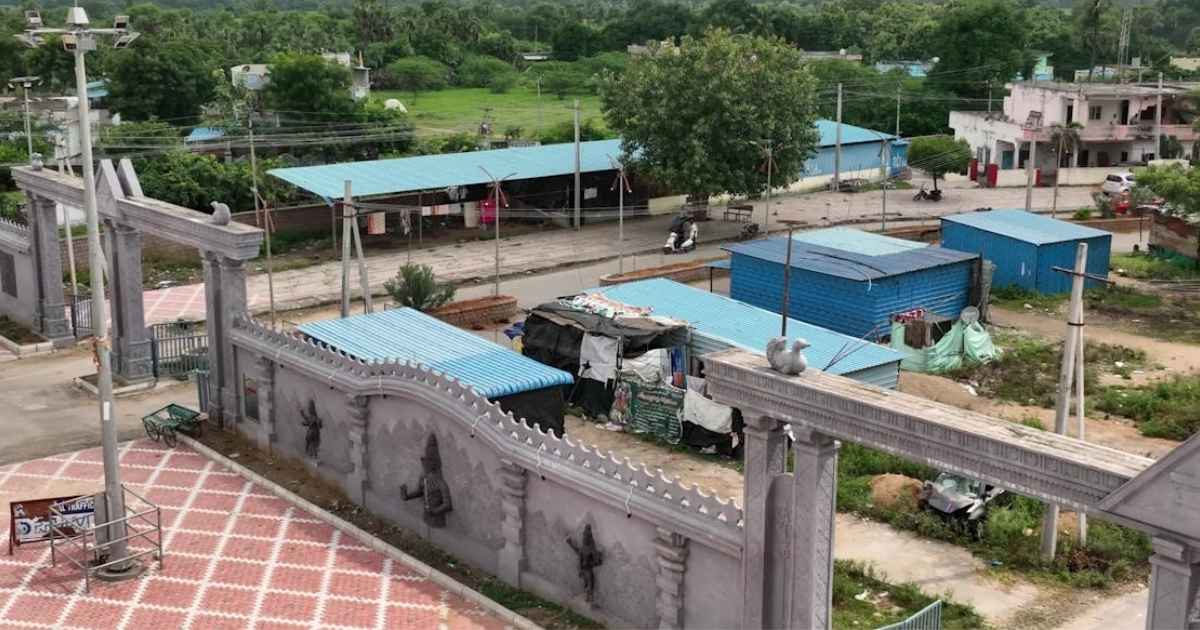Ever feel like the usual tourist spots just don’t satisfy your craving for something deeper ;something spiritual, historic, and off the beaten path? I was the same way until I stumbled upon Inavolu Mallanna Temple, a place that felt more like a journey than just a visit. It’s not just the rituals or the architecture that draw you in ;it’s the energy, the stories, the way the locals talk about it like it’s family. I couldn’t help but wonder why more people don’t know about this gem in Telangana.
In this blog, you’ll get everything you need to explore Inavolu Mallanna Temple ;from its powerful legends and stunning Kakatiya architecture to the vibrant Mallana Jathara festival. Whether you’re a spiritual seeker, history buff, or just planning your next meaningful trip, this guide will walk you through what makes this temple so special. Let’s dive into the experience, so you can decide if this sacred site belongs on your travel list.
Inavolu Mallanna

If you’re ever near Warangal and ask the locals about places that truly matter, chances are they’ll point you toward Inavolu Mallanna. Nestled in the heart of Telangana’s spiritual landscape, this ancient temple isn’t just a religious site ;it’s the soul of the surrounding villages. Devotees from across the region flock here to seek blessings from Lord Mallanna, a fierce and compassionate form of Lord Shiva worshipped primarily by the Yadava community. The energy here is raw, grounded, and deeply personal.
What makes Inavolu Mallanna so special isn’t just its age or rituals ;it’s how connected the community is to it. You’ll see people walking for miles barefoot during the Mallana Jathara, offering heartfelt prayers, performing folk dances, and living traditions that have survived for centuries. It’s a place where faith feels alive, where the temple isn’t just visited ;it’s lived.
Architecture of Inavolu Mallanna Temple
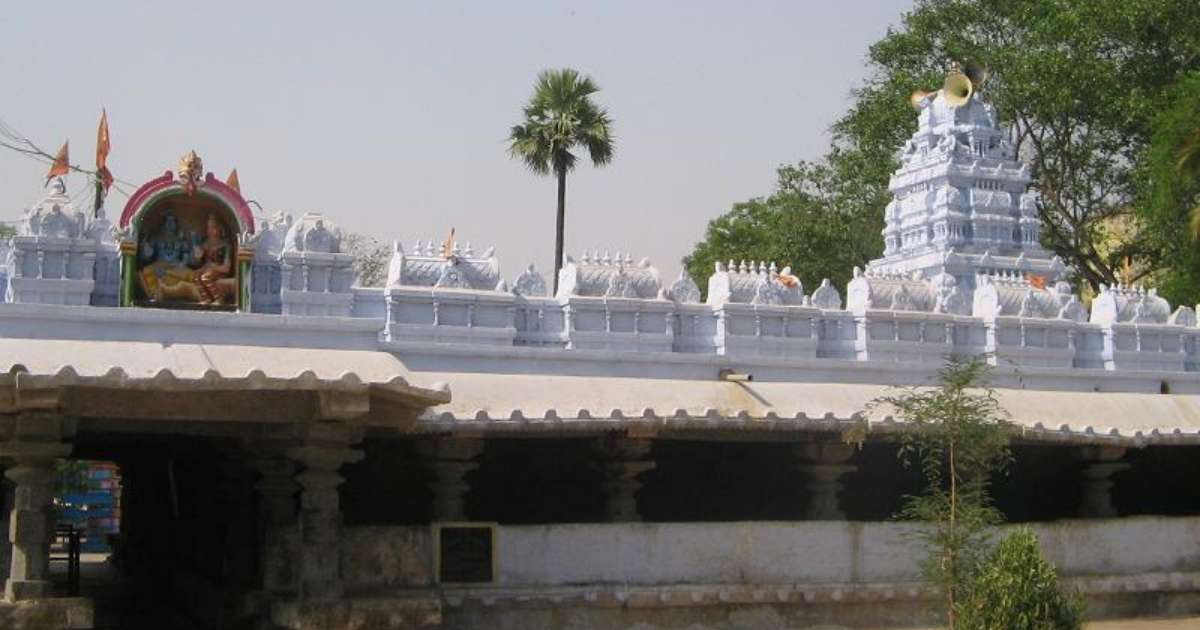
The architecture of Inavolu Mallanna Temple is a stunning reflection of Telangana’s rich heritage, blending Kakatiya elegance with ancient Dravidian and Chalukyan influences. Step into the temple grounds and you’ll notice intricately carved stone pillars, sculpted mandapas, and the iconic Keerthi Toranam ;a grand arch that announces you’ve arrived somewhere sacred. Each detail, from the weather-worn carvings to the sanctum’s layout, speaks of devotion and craftsmanship shaped over centuries.
Historians believe the temple was built during the 11th century, possibly under the reign of the Kakatiya dynasty. The sanctum sanctorum houses a swayambhu deity of Lord Mallanna (an incarnation of Lord Shiva), adding to the temple’s spiritual gravity. You’ll also find traces of Ayyanna Deva, believed to be one of the temple’s original patrons. Even today, local artisans help preserve the stonework, keeping the tradition of temple architecture alive.
The Spiritual Significance Inavolu Mallanna
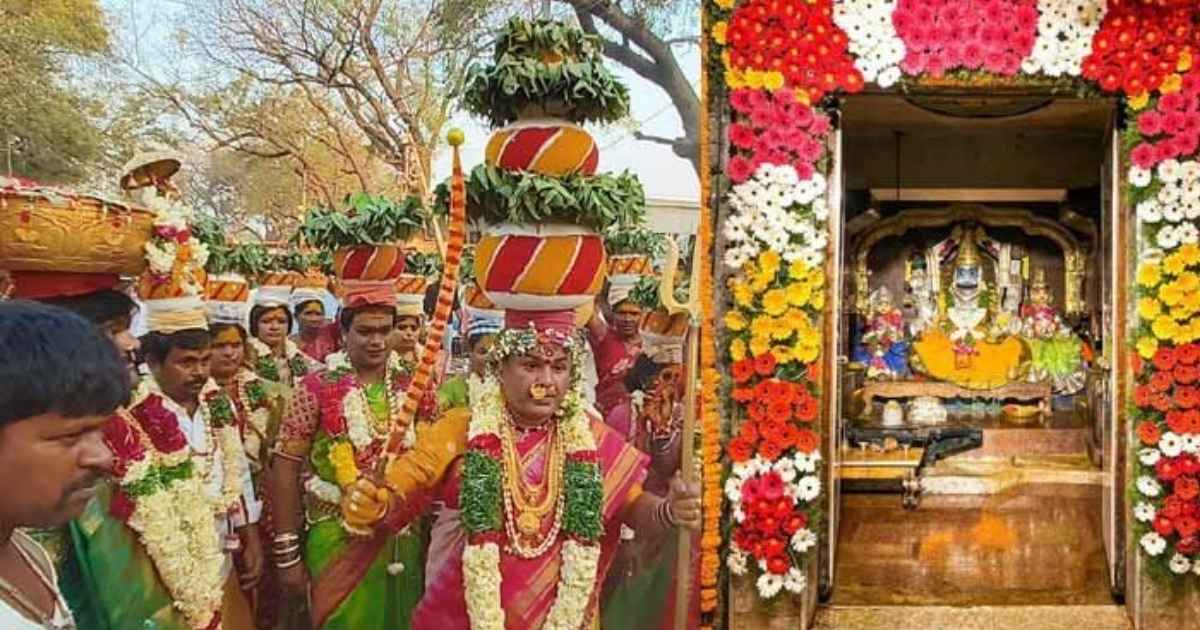
For many devotees, the spiritual significance of Inavolu Mallanna goes far beyond rituals or temple visits ;it’s a deeply personal relationship with Lord Mallanna. Worshipped as a fierce yet compassionate form of Lord Shiva, Mallanna is seen as a protector, healer, and guide. People come here with prayers for health, marriage, prosperity, or simply peace of mind. It’s common to see emotional offerings, intense pujas, and families who’ve returned for generations to fulfill vows made during tough times.
What truly sets this temple apart is its connection to the Yadava community, for whom Mallanna is not just a god, but a spiritual anchor. The temple becomes a hub of devotion during festivals like Shivratri and the annual Mallana Jathara, when pilgrims gather in huge numbers for abhishekams, folk performances, and sacred vows. For many, visiting this temple isn’t just about tradition ;it’s a heartfelt journey that renews their inner faith.
The Mallana Jathara
The Mallana Jathara is one of the most vibrant and spiritually charged festivals in Telangana, drawing lakhs of devotees each year to Inavolu Mallanna Temple. Held typically between February and March, this grand celebration honors Lord Mallanna with rituals, processions, and cultural expressions that light up the entire region. You’ll witness families traveling on foot from distant villages, carrying offerings on their heads, singing devotional songs, and stopping at shrines along the way. The atmosphere is electric ;part pilgrimage, part community reunion.
What makes the Jathara unforgettable are the cultural performances that bring the temple grounds to life. Traditional dances like the Dappu and Kolatam echo through the air, while local musicians fill the space with rhythmic beats. Stalls line the roads selling food, crafts, and religious items, contributing to the economic activity the festival sparks. For first-time visitors, it’s more than a religious event ;it’s a window into the soul of rural Telangana, where devotion meets celebration in the most colorful way.
The Legend of Mallanna
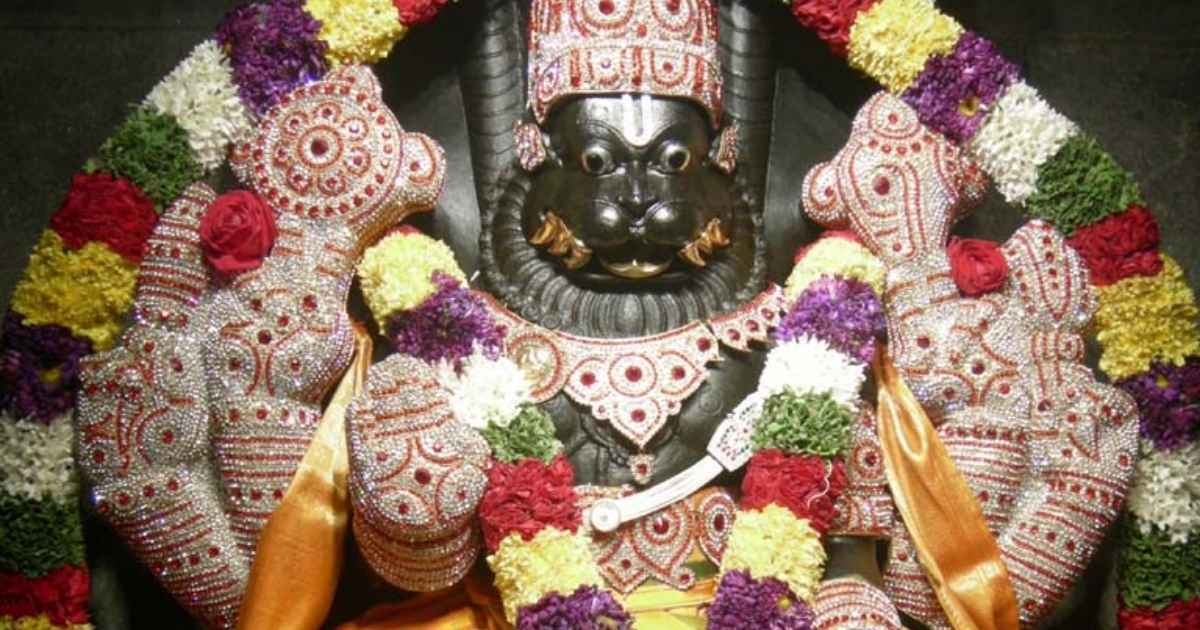
The legend of Mallanna is a powerful tale of love, defiance, and divine purpose that continues to inspire devotion at Inavolu Mallanna Temple. According to local folklore, Lord Mallanna is an incarnation of Lord Shiva, who fell in love with a tribal girl named Medala. Despite opposition from her family, particularly her brothers, Mallanna’s love remained unwavering. This story is often seen as symbolic of the spiritual seeker’s struggle against worldly resistance.
The legend is especially meaningful to the Yadava community, who see Mallanna as both protector and guide. His tale is retold during festivals, sung in folk songs, and reenacted during the Mallana Jathara, where devotees immerse themselves in his story with deep emotional connection. It’s not just mythology ;it’s a living narrative that gives the temple its soul and shapes the way people relate to their faith.
Temple timings
The Inavolu Mallanna Temple opens its doors twice a day, giving devotees the chance to experience both the calm of early morning prayers and the vibrant energy of evening rituals. The midday closure helps temple staff perform internal rites while also giving visitors a break from the heat.
Here’s a quick overview of the daily schedule:
| Time Slot | Activity Highlights |
| 6:00 AM – 12:00 PM | Morning darshan, abhishekam, peaceful rituals |
| 12:00 PM – 4:00 PM | Temple closed (no public entry) |
| 4:00 PM – 9:00 PM | Evening darshan, aarti, cultural offerings |
Planning your visit around these hours ensures you won’t miss key rituals ;and during festival days like Shivratri or the Mallana Jathara, the temple grounds stay active and spiritually charged well into the night.
Must read : Whispers of Faith at Swarna Shilpi Vivekananda Kalimandir
How to reach
If you’re curious about visiting Inavolu Mallanna Temple, it’s easier than it sounds. You can drive or take a local bus from Warangal, which is about 25 km away ;buses run regularly and the ride is scenic through Telangana’s countryside.
The nearest railway station is at Warangal, and from there auto-rickshaws or taxis head to Inavolu in around 40 minutes. For those coming from Hyderabad, it’s a roughly 150 km trip, with option of an overnight bus or train to Warangal followed by a short road journey.
Also visit : Visiting KotappakodaTemple : A Guide For Pilgrims
The Temple Today
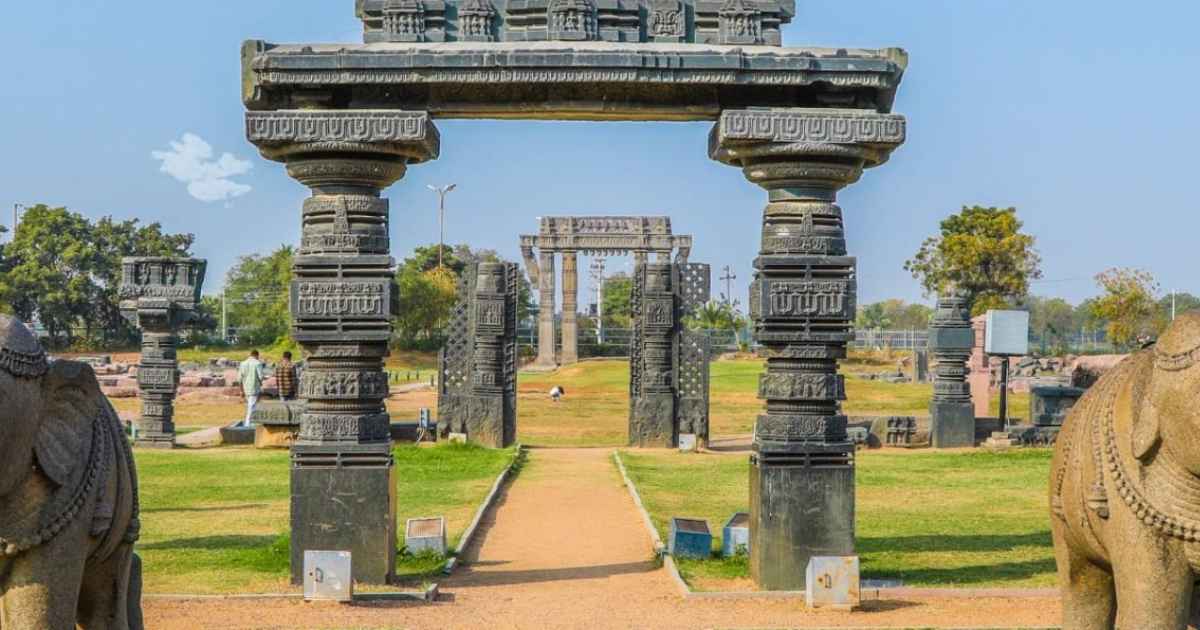
Today, Inavolu Mallanna Temple stands as a testament to faith, heritage, and living tradition in the heart of Telangana. Local artisans and temple committees work tirelessly to preserve its centuries‑old carvings, mandapas, and the iconic Keerthi Toranam. Visitors will notice restoration efforts blending modern materials carefully with ancient stone, all aimed at safeguarding the temple’s original Chalukyan style and Kakatiya architecture for future generations. Pilgrimage tourism has also helped fund these efforts, as the site draws both spiritual seekers and cultural tourists.
Inside the temple grounds, amenities have improved to welcome modern visitors. Basic accommodations and guest lodges are available nearby, and local vendors offer refreshments, guide services, and handicrafts inspired by temple art. During big festivals like Mallana Jathara, you’ll find designated spaces for performances like Dappu dance and Kolatam folk dance, as part of organized cultural performances. The temple’s ongoing role in pilgrimage tourism and religious festival development makes it a vibrant, evolving spiritual center rooted in Telangana’s rich cultural heritage.
Read more : Exclusive Village of Parnasala: With complete details and guide
Frequently Asked Questions(FAQs)
What is the best time to visit Inavolu Mallanna Temple?
Visit during Mallana Jathara or Shivratri to experience powerful rituals, cultural energy, and vibrant spiritual celebrations.
Is there any entry fee for the temple?
No, entry is free for all visitors. Donations are optional and help support temple maintenance and daily rituals.
Are there facilities for staying overnight nearby?
Yes, simple temple guesthouses and budget lodges are available nearby. Book early during festivals for better availability.
Can non-Hindus visit the temple?
Yes, respectful visitors of any faith are welcome, though some inner rituals may be limited to Hindu devotees.
Are there any local attractions nearby?
Yes, nearby sites include Warangal Fort, Mellacheruvu Temple, and Mattapalli, perfect for a spiritual or heritage trip.
Conclusion
Visiting Inavolu Mallanna Temple isn’t just about ticking off another spot on your travel list ;it’s about stepping into centuries of devotion, culture, and living tradition. From its legendary roots to the vibrant energy of the Mallana Jathara, this temple offers a spiritual experience that stays with you long after you leave.
Whether you’re drawn by the history, the architecture, or a personal prayer, this sacred site in Telangana has a quiet power that speaks to the soul. It’s a place where stories are still told, faith is felt in every step, and the past continues to breathe through stone and song.


